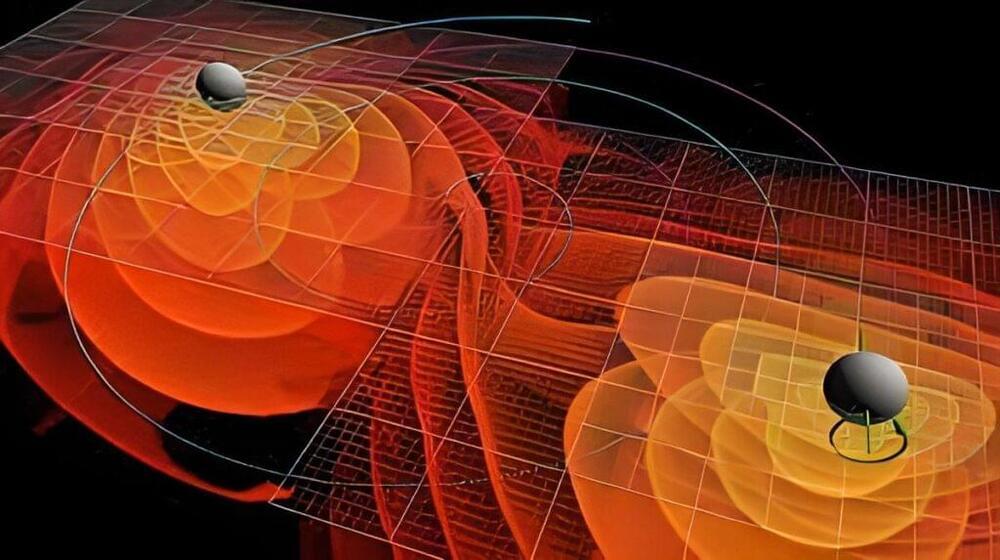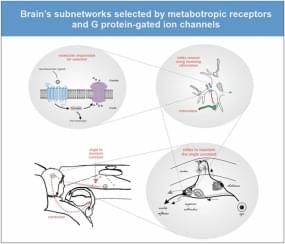For the first time, researchers have recorded live and in atomic detail what happens to the material in an asteroid impact. The team of Falko Langenhorst from the University of Jena and Hanns-Peter Liermann from DESY simulated an asteroid impact with the mineral quartz in the lab and pursued it in slow motion in a diamond anvil cell, while monitoring it with DESY’s X-ray source PETRA III.
The observation reveals an intermediate state in quartz that solves a decades-old mystery about the formation of characteristic lamellae in material hit by an asteroid. Quartz is ubiquitous on the Earth’s surface, and is, for example, the major constituent of sand. The analysis helps to better understand traces of past impacts, and may also have significance for entirely different materials. The researchers present their findings in Nature Communications.
Asteroid impacts are catastrophic events that create huge craters and sometimes melt parts of Earth’s bedrock. “Nevertheless, craters are often difficult to detect on Earth, because erosion, weathering and plate tectonics cause them to disappear over millions of years,” Langenhorst explains.







